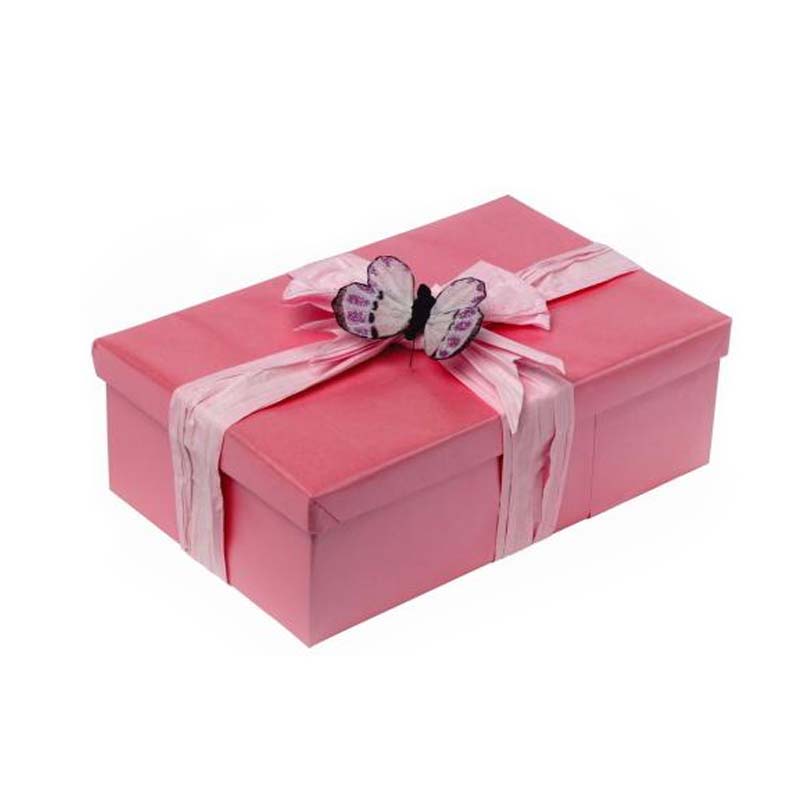Keywords: packaging, three-dimensional, structural model, carton carton.
With the development of modern industry and the improvement of people's living standards, the packaging of various commodities has also received increasing attention. There have been various forms of packaging CAD systems. These systems have greatly improved the efficiency of packaging design. However, these systems are mostly two-dimensional structural designs. With the advancement of computer technology and the requirements of the times, it provides a good basis for technological development and material basis for three-dimensional packaging CAD. At the same time, computer-aided three-dimensional packaging structure design is the only way for the development of packaging structure design. How to better represent the computer model of a three-dimensional package is the primary problem facing the three-dimensional packaging CAD/CAM system. This paper applies the knowledge of computer graphics to consider the topological information and geometric information of the carton, and studies the 3D carton structure model. It has laid a good foundation for the realization of interactive 3D carton carton CAD/CAM.
1 Three-dimensional structure model of the carton carton 1.1 The carton carton topological hierarchy uses five levels of topological hierarchy for the carton carton, including carton carton, face, ring, “half†edge and vertex. The hierarchical structure is shown in Figure 1. The meaning of each level is:

b. Face: It is a part of the carton carton rather than the boundary surface in the general sense of solid modeling. Each face defines its effective range by an outer ring boundary and several inner rings. The surface may have no inner ring, but it must have an outer ring, with directionality on the face, and use its outer normal vector direction as the positive direction of the face;
c. Ring: A closed boundary consisting of ordered, directed edges. The edges of the ring cannot intersect. Two vertices are shared by two adjacent edges. The ring that defines the inner hole or boss boundary in the face is the inner ring and is clockwise. The outer ring moves counterclockwise, so that going back along any one side, the left side is always inside the ring, and the right side is always outside the ring;
d. Edges: An edge can have only two adjacent faces or one, and is bounded by two vertices;
e. Vertices: Edge endpoints, the most basic element in geometry modeling. (To be continued)
